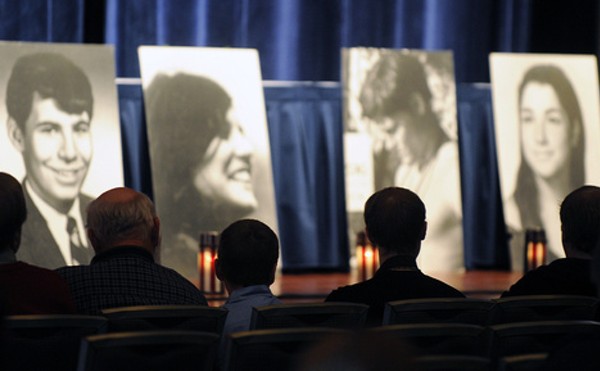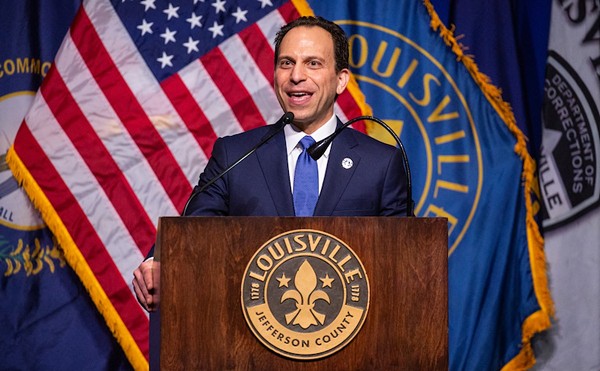
“Mother attending a dying son†by James Nachtwey
Someone has to be brave and face these truths; in this case, it is James Nachtwey. “For me, the strength of photography lies in its ability to evoke a sense of humanity,” he says in the documentary “War Photographer.” “If war is an attempt to negate humanity, then photography can be perceived as the opposite of war and if it is used well it can be a powerful ingredient in the antidote to war.”
As a photojournalist with more than 20 years of experience, Nachtwey has put his own life in danger in volatile locations such as Rwanda, Israel and South Korea. Some of his most powerful images are of the genocide victims in Darfur, Sudan.
For about three years, the people in Darfur have literally been fighting for their lives. Estimates say that 3.5 million people are starving, 2.5 million people have been displaced and 400,000 have died by the acts of the government-sanctioned militias. An additional atrocity is rape; it is an extreme disgrace, with lasting effects on the women, their families and communities.
“Mother Attending a Dying Son” takes us to an intimate moment that transcends race, religion and location. What is left is empathy. Nachtwey donates a portion of the sale of his photographs and speaking engagements to Doctors Without Borders for their assistance in Darfur.
His disfigured Vietnamese series, showing the results of Agent Orange that was used during the Vietnam War, is iconic. Traditional Vietnamese mores shun the disabled, believing it’s the sins of a past life revealing themselves in the present. As a result, many of the crippled are left at clinics. “Vietnam” shows a woman bathing a boy in a narrow and shallow washbasin. He’s shown from the waist up, with thin, malformed arms. His legs are not revealed; because of the dimensions of the tub, a chill went through me when I realized there could not be much there.
As a photojournalist, Nachtwey travels to the action. He didn’t have to go far when his hometown of New York City was terrorized on Sept. 11, 2001. The yellow coat on the “Small Fireman” leads you into the destruction, with blackened clouds, flames and metal remains. Even more moving is “World Trade Center and Cross,” with a rusted cross becoming partially engulfed by the falling tower’s billowing smoke and debris.
Photojournalism draws you in because of its storytelling, with any realization of artful design an afterthought. But it was the composition of “Women Pray in Front of Shrine Built at Site of Iman Hussein’s Murder on the Occasion of the 40th Day of Muharram” that caught my attention. The backs of the heads of the black burka-clad Iraqi women are positioned against an almost cloudless blue sky, producing an abstract outline of hills and valleys. The focal point is a rush — one weathered hand, upturned in prayer.
As a result of his extraordinary body of work, Nachtwey has just received a Heinz Award in the Arts and Humanities. Chairperson Teresa Heinz Kerry said in the Pittsburgh Post-Gazette, “One does see every day horrible images about everything, and more often than not they crush you. And there may be some elitists who say, ‘Well, he’s only a photographer.’ But he’s a soul with an eye and the ability to transform images, to give them meaning beyond just what we see. His work tells a story that can uplift you, and you know you will try to do something after having seen it.”
This is photography as social activism — prepare to be moved.





